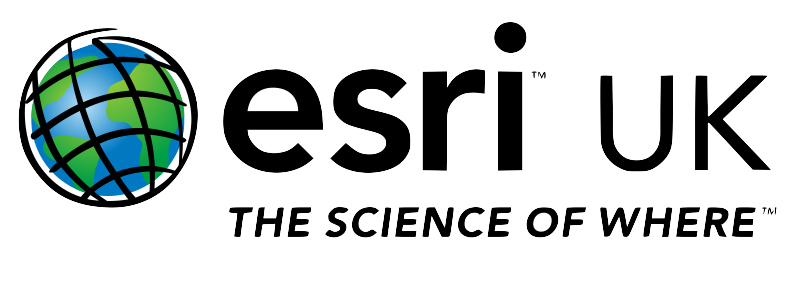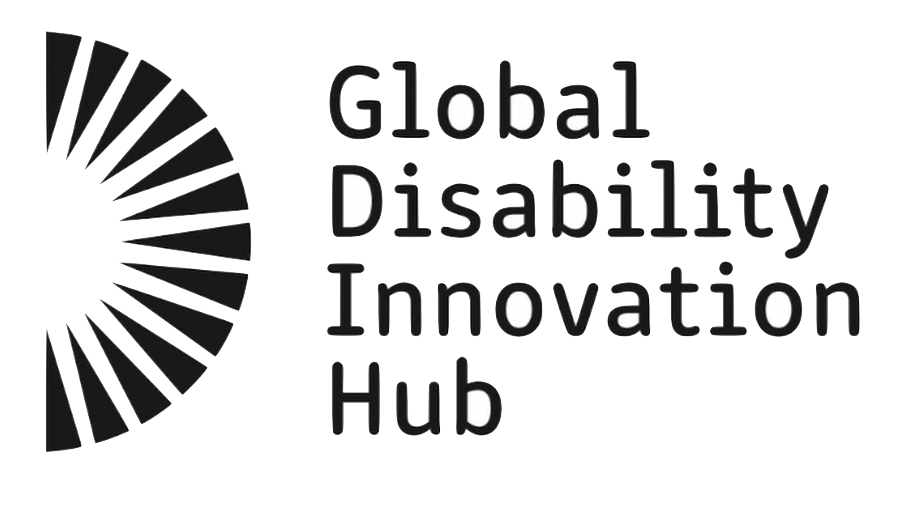Problem Statement
Impaired individuals face significant navigation challenges due to the lack of support tailored to their specific needs. Impairments come in various forms, and it is not often possible to prepare for them accordingly. To enhance the mobility of such individuals, detection and mapping of accessibility features is crucial. However, manual methods are time and resource exhaustive, while existing automated solutions struggle with complexity and the need for georeferencing. This is especially an issue for organisations and charities, where the large scale amplifies the limitations.





